Text
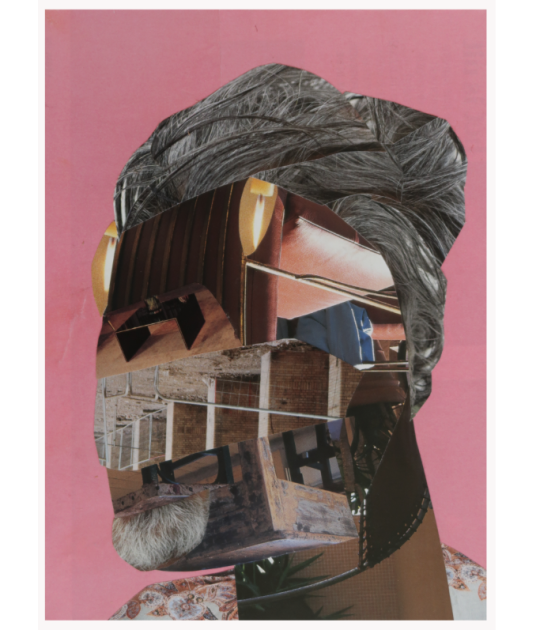
'Dead End Street'
Analogue collage 2024
© Pascal Verzijl
21 notes
·
View notes
Text

A double page spread from BUNTPAPIER (2021), a collaborative work by Lydia Mojzis and D. M. Nagu comprising 6 collage booklets, about 32 pages each, 10.5cm x 15cm
Paper Works
38 notes
·
View notes
Text
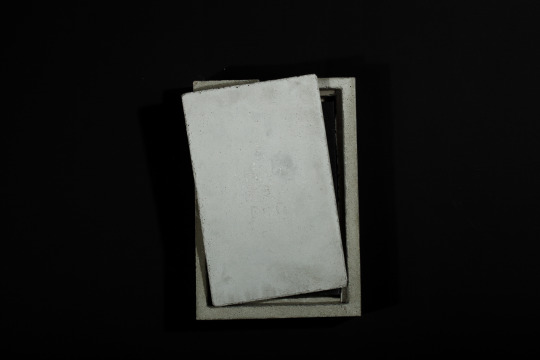
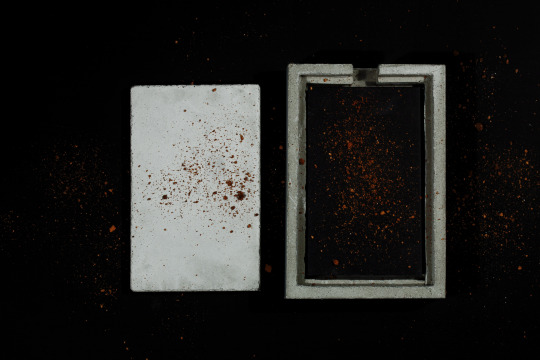
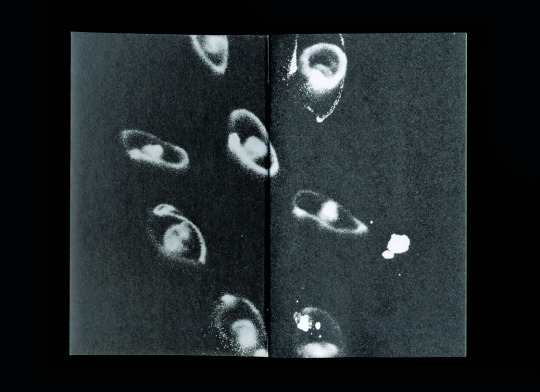
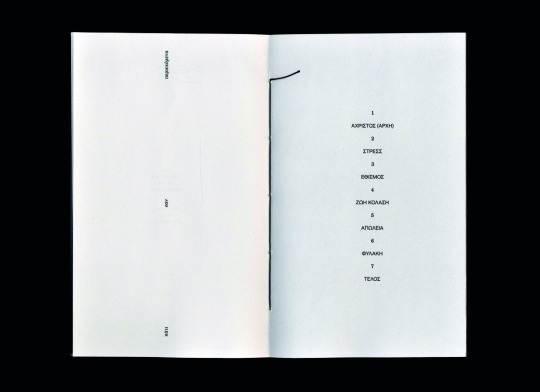
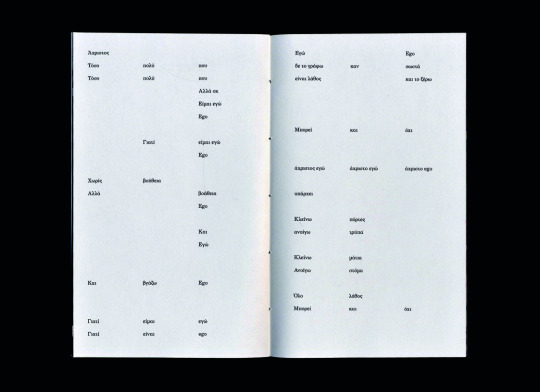
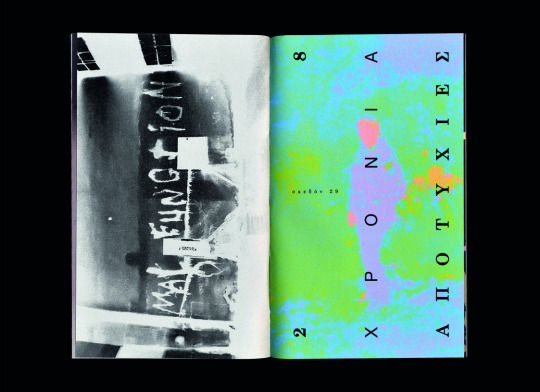

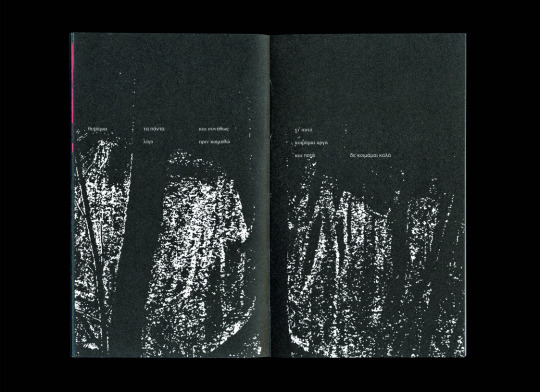
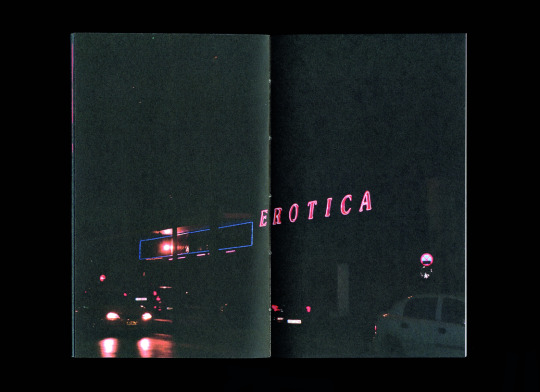
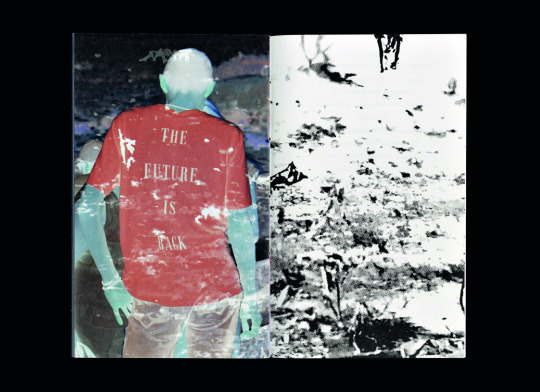
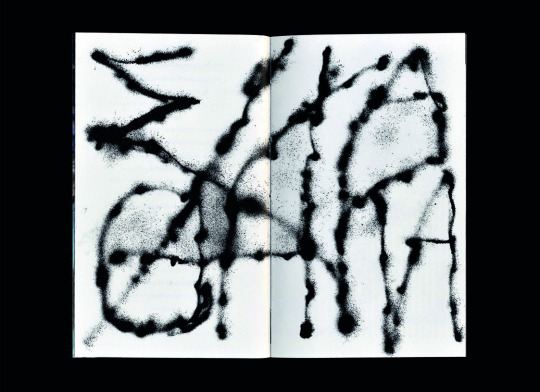
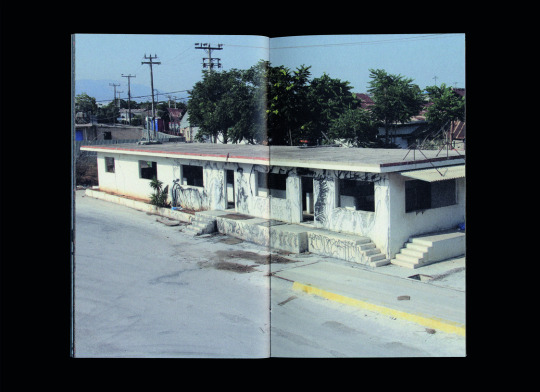
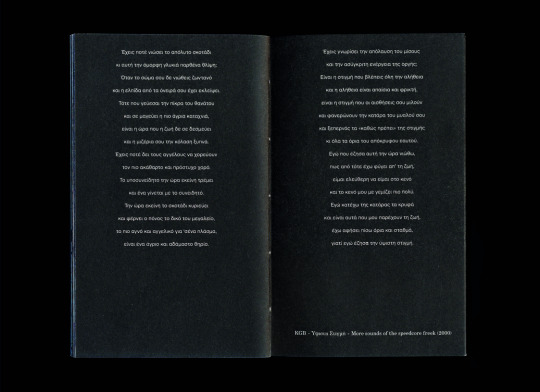
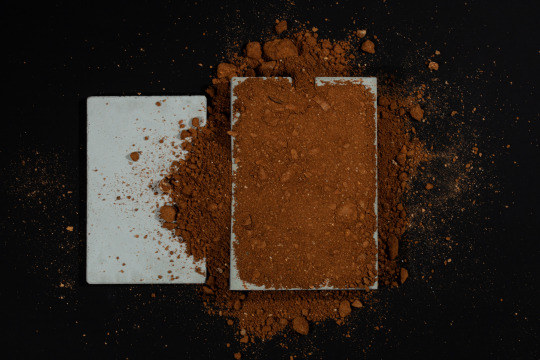
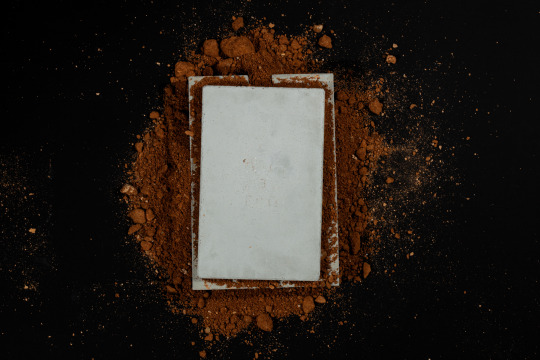
Spreads and photography of my book “EGOΕΓΩ - a concrete diary” I designed on the occasion of my Bachelor studies.
Some words on that:
The work “EGOΕΓΩ - a concrete diary” is a product of personal concerns and searches. The reason for the creation of this project was my need to record as freely as possible, things that concern me in recent years, to compose them in a homogenized project which in its final stage will be presented to a wider audience. In this project I have a dual role, that of designer and that of client. The purpose of the project is to delve into design based on a specific concept and to train myself in time management and decision making. In a second phase, since some applications are the product of collaboration, I develop my organizational and communication skills in the context of the execution of the work, skills important for my professional career. Finally, the importance of collaboration and the DIY (do it yourself) philosophy is highlighted.
This idea stems from my personal involvement in various fields of applied arts, my love for collecting printed material and my obsession with photographing everything that happens around me. The methodology of developing the work is based on the combination of photography, illustration and typography. I tried to delve deeper through the applications into the use of different materials in order to experiment with new textures and test the limits of both my creativity/inventiveness and the limitations of the methods I chose. The creative thinking behind the work deals with the individual as a unit and as a member of the society. Through storytelling I try to suggest internal dilemmas, concerns, insecurities, fears and emotions of all kinds that shape us. There are references to memories and grievances, things that lead us on an endless journey of understanding what takes precedence, our self or our ego?! These questions are based on real thoughts and situations either my own or my people's.
The approach to the message I seek to convey is getting shape through the narration of a familiar circumstance in the presence of a plethora of symbolisms. The circumstance I refer to is the simulation of a “burial” and it is on this practice that the structure of the presentation of the work in the university's premises has been based. I chose this parallelism because this situation is an event that concerns the lives of all individuals, it is an honest moment of expression for the participants and despite the lack of justice that sometimes weighs it down, it remains the most fair event in our lives. In the case of EGOΕΓΩ, the individual is represented by the book. Anyone who comes close either out of curiosity or natural attraction and opens its pages is confronted with its content. Images and texts spill over the edges of the pages like repressed thoughts. The book closes, perhaps it will open again, but to do so requires hands to grasp it and a will to understand. Finally, with each touch it is given a new life. With the end of this era a new one is born. New bonds are created, solidarity. Understanding and empathy. Perhaps even some new friendship. In such an intense moment the feelings that are born merge and bring to the surface something new, stronger and ready to move on. In other words, just as a cycle closes and through it we gain resources for the next phase, so in our case, this presentation is an end and a beginning, a transition to something else.
The explanation of the name EGOΕΓΩ clearly touches on the "battle" between our self and our "ego", predisposing the observer to what is to follow and the logo is fully typographic in order to highlight the two words (EGO and ΕΓΩ). Schematically, it is the form of a person, very abstract. The purpose of this decision is not just to make the design interesting but to capture the two aspects of ourselves, "EGO" and "EΓΩ".
Project supervisor: Anna Altouva
Published by Brick Home Studio, in Athens, June 2023
Edition of 34
11 X 18 cm, 92 pages
Digital offset printing: Fotolio S.A.
Handmade coptic binding: Brick Home Studio
Cover: 1190gsm total black bookbinding paper / Body: Munken Print white 115 gsm
Photography and scans: Christos Kotsinis
Concrete case: Sergios Fotiadis (We design)
7 notes
·
View notes
Photo
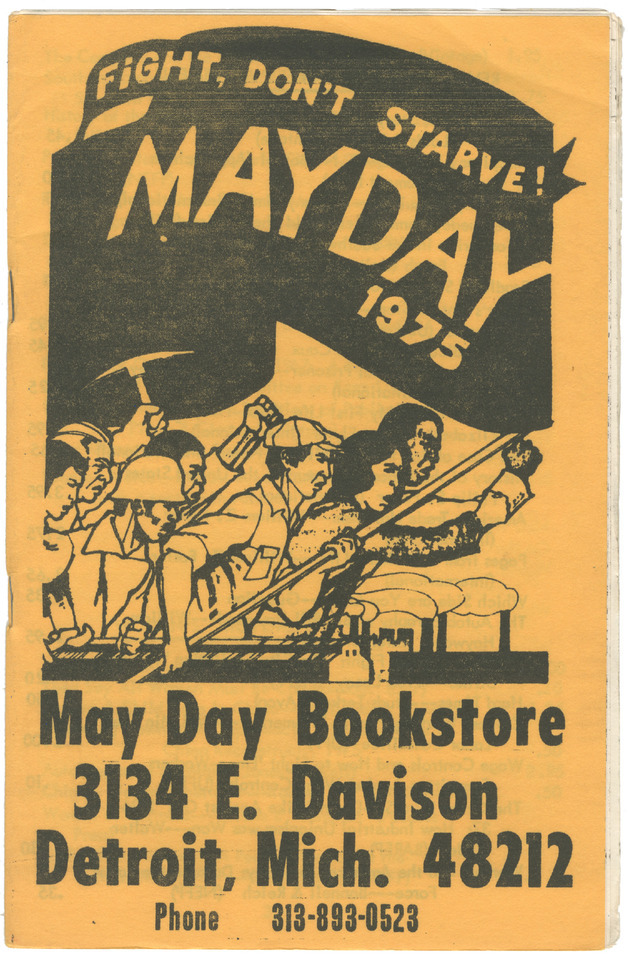
Catalog of May Day Bookstore, Detroit, Michigan, 1975. Associated with the Revolutionary Communist Party.
From the new book Finally Got the News: The Printed Legacy of U.S. Radical Left, 1970-1979.
149 notes
·
View notes
Photo

‘Servitude’ from John Hodgson, The Great God Waste (1933) Illustrations by Greta Tolson and Albert Daenens.
22 notes
·
View notes
Text
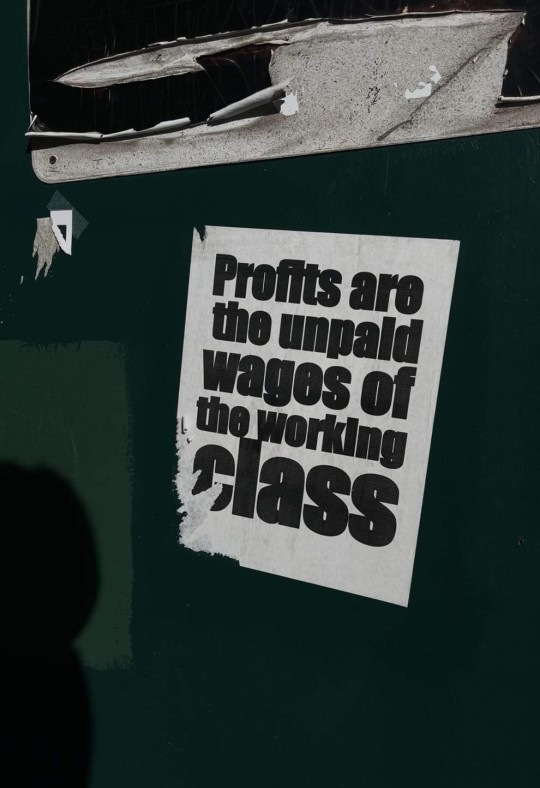
"Profits are the unpaid wages of the working class"
Sticker spotted in Redlands, California
1K notes
·
View notes
Photo

“Keep colonial hands off indigenous lands”
Graphic by KRIME
4K notes
·
View notes
Photo

a tale from the space between
γιαυτό μπορούν και τραγουδούν παντού, και τραγουδώντας γυρνάνε τον κόσμο
6 notes
·
View notes







